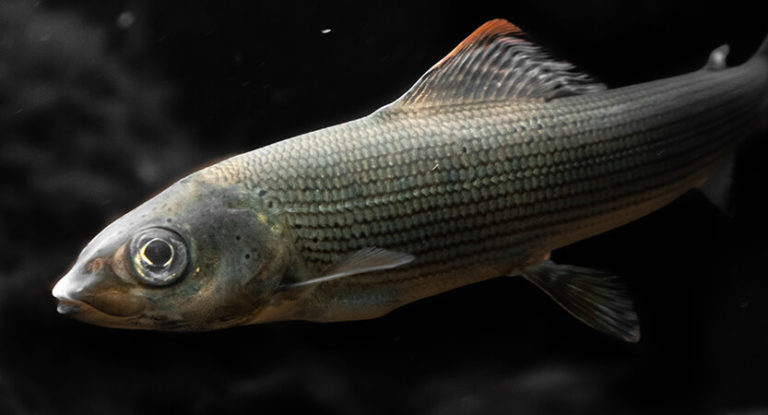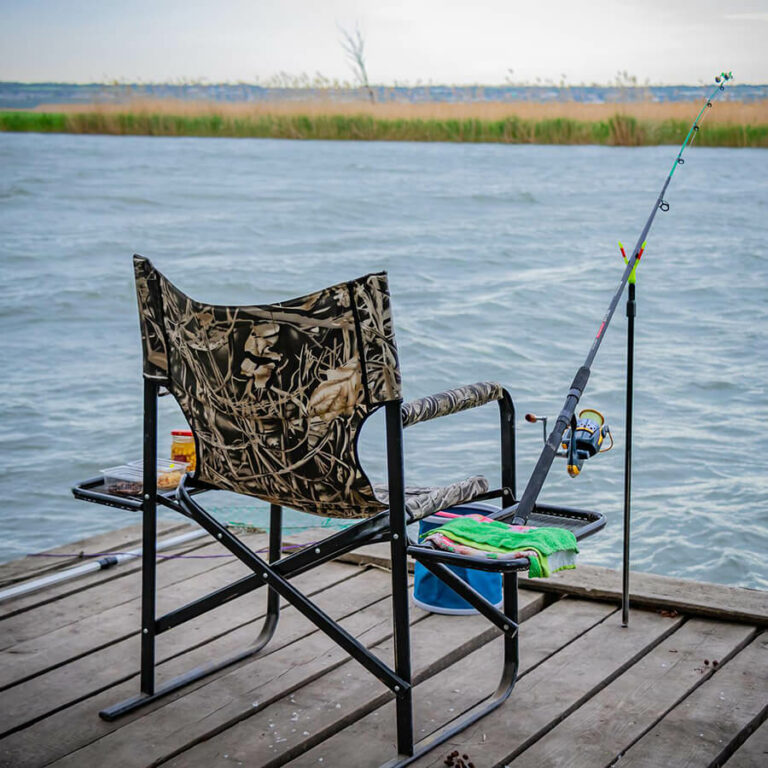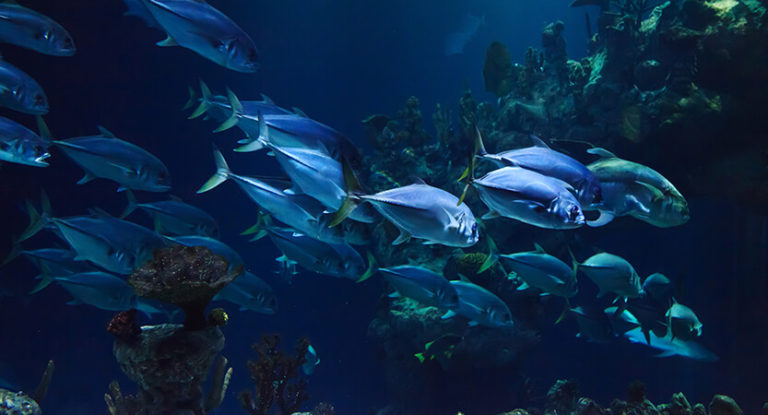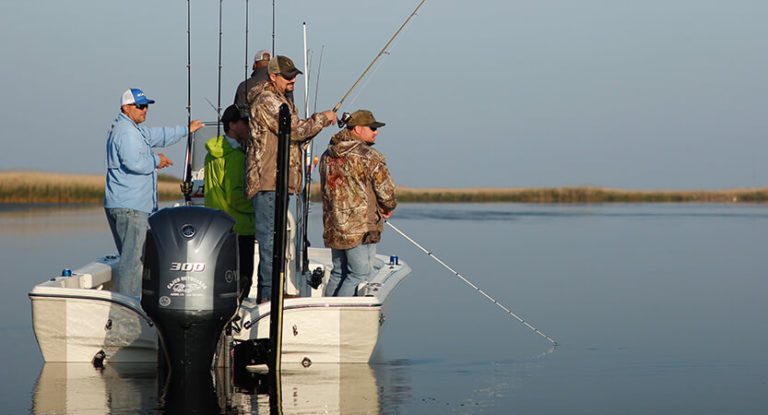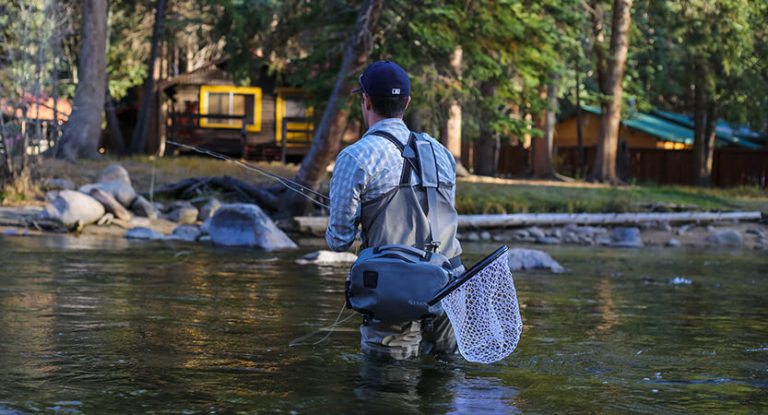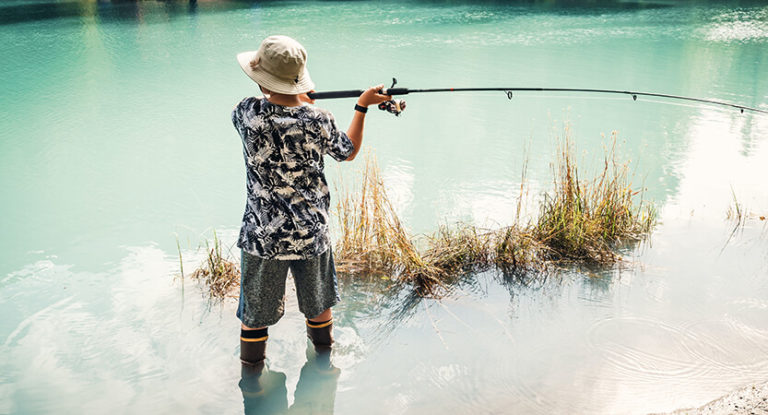What is the first association most people have with the word “fishing”? That’s right: the coast of a picturesque lake and a man sitting on it with a fishing rod. This is the most simple and generally accepted reading of fishing, which has come down to us since ancient times, but has not lost its relevance today. Fishing with a float rod has a lot of fans: fishing with bottom tackle is completely passive, the use of spinning is too active. The good old fishing rod is the golden mean between relaxation and adrenaline.
Today we will try to properly equip the first fishing rod in our life, choose the bait and go fishing. It is not too difficult: the rig is not too expensive, bait baits at the first stage can be bought in the store, the tactics of fishing in open water are not too difficult. Naturally, in any business there are subtleties that you need to know about in advance. It is to them that we will devote this publication.
Here is an overview of the content of this tutorial, feel free to jump to any section you care about:
For more fishing instructions, take a look at these popular Trizily links: Best Spinning Rods, Best Fishing Lines.
- Bottom Fishing For Beginners
- How To Fish With A Wobbler (Complete Guide)
- How To Choose A Spinning Rod (Complete Guide)
The main elements of the equipment
You should always start by choosing a tooling and bringing it into the system. Of course, for the first fishing in your life, you can borrow an already equipped fishing rod from some acquaintance, but suddenly there will be none or is he in the clutches of austerity.
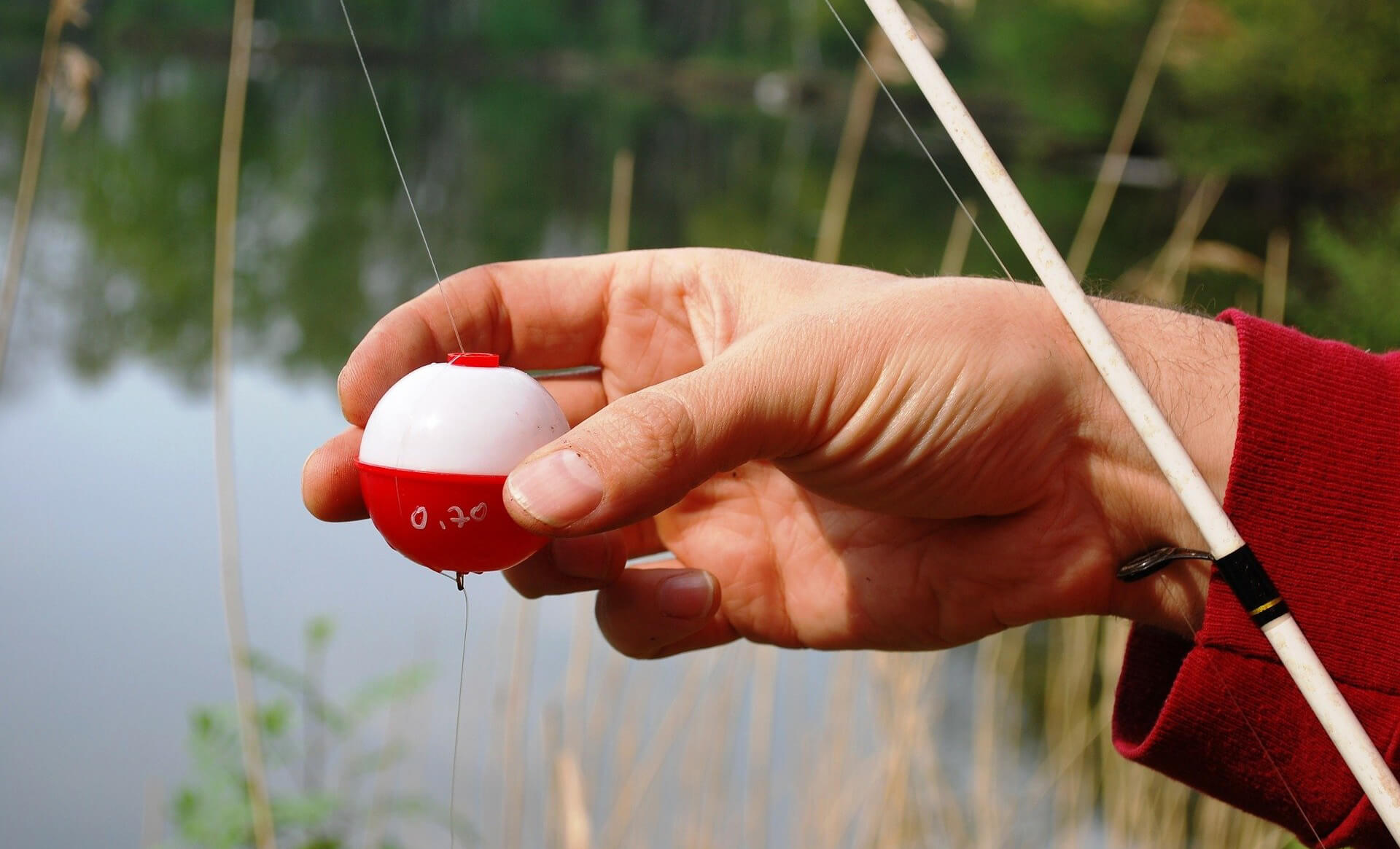
So, we begin to collect everything you need for the rig. We will need:
- Rod . It can be swing (simplest), telescopic, plug or match – these are the most common types. Each of them also has an internal classification.
- Fishing line . We need two types of fishing line: for use as a main line and for a leash.
- Reel . Some types of reels are not used for rigging rods (blanks): the fishing line is attached to the tip through a connector.
- Float . It is best to purchase several signaling devices of different carrying capacities.
- Loading . A set of lead pellets with special cuts and modified weights are sold in any specialty store and cost a penny.
- Hooks . They are selected depending on the size of the expected production.
Now let’s talk about each element personally.
Rod types
The main element of a fishing rod is a rod (stick or blank). Anglers of the past had little choice and used plug-in bamboo rods and sometimes hazel rods for any type of float fishing. Later they were replaced by “telescopes” made of metal and plastic.
The current “sticks” are high-tech products, sharpened for specific fishing conditions. They are made of modern composite materials and graphite, and sometimes cost a lot of money, but for the first time you can get by with a cheaper option.
The most common types of letterhead are:
- Flight feathers . The fly rod in the classic version is an evolution of that very bamboo rod without any bells and whistles. Telescopic rod without rings. The rig is attached to the top of the blank via a connector, allowing for quick replacement. The classic swing rod is ideal for short range and deep fishing. The main requirement is lightness with sufficient strength.
- Plug-in . Plugs consist of separate knees and are used mainly in sports fishing, but sometimes they are also used by ordinary amateurs. A distinctive feature of the classic plug is a very long length (up to 20 m) with increased rigidity and lightness. Inside the blank, there is a special shock absorber that goes out – a rubber whip (“whale”), which dampens the jerks of the fish when playing. The rig is attached, as in the previous case, through a connector. Casting, as such, is absent: the bait is brought into the water by movement from the side.
- Match . The match looks like a spinning rod, and the rig is similar. Despite its short length, it provides the ability to fish large areas and any depths. Match forms are more often plug-in than telescopic. They are usually equipped with spinning reels and sliding floats, allowing very long casts and optimum depth calculations.
- Telescopic . Telescopic rod is a cross between a swing blank and a match. A regular reel is installed on a long rod, there are rings on the blank. The telescopic fishing rod was originally used primarily for downstream fishing, but over time its scope has expanded significantly. Now literally everyone and everything is caught with this tackle.
Each rod is individually marked with length, test and action. With the length, everything is clear without further ado, the test shows the weight of the bait, the action – the flexibility of the blank.
The optimal choice for the first experiments in float fishing will be a universal “lapdog” with the following characteristics:
- Length – 6-7 m. Shorter rods are good for fishing in conditions of limited casting or from a boat; at first, it is difficult to cope with the longest ones.
- The test is average. The most common test that allows the use of baits weighing 7 to 20 grams.
- The build is medium. Fast action is good for long range fishing for small fish, slow action for trophy fishing.
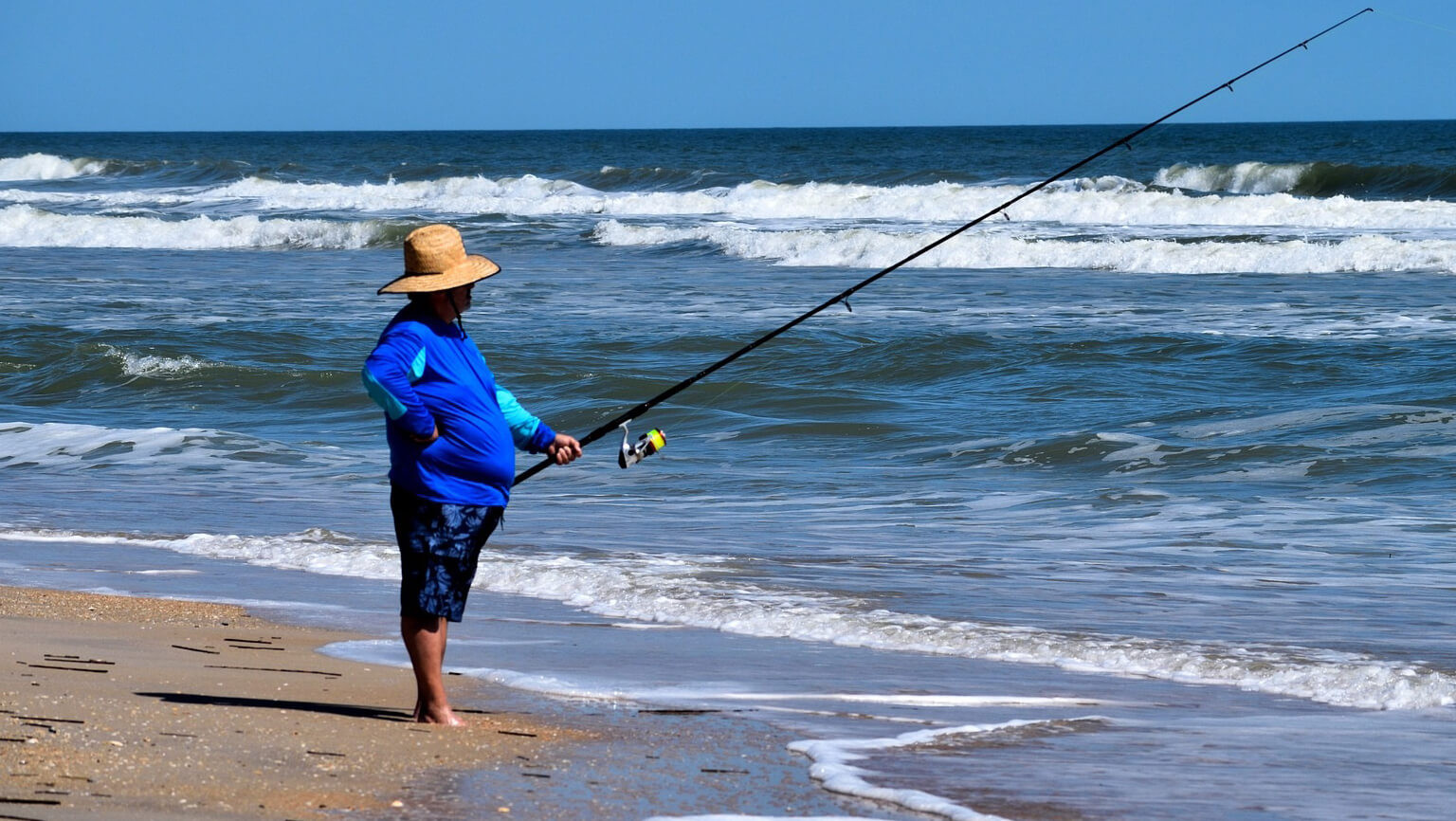
Main line and leash
Every more or less experienced angler knows that the thinner the line, the more willingly the fish take it. But at the same time, a thread of a smaller diameter is not so strong and can break off when a solid fish is hooked or played. For what athletes love classic plugs – because it is possible to use a thread of minimum diameter: the shock absorber dampens the jerks of the fish, communicating it to the entire form. This results in minimal stress on the line.
Telescopic and fly rods do not have such depreciation, so you have to use thicker fishing line, depending on the weight of the intended catch. Usually , a line with a diameter of 0.10-0.20 mm is used as the main one . The optimal choice would be a quality monofilament thread from a trusted manufacturer.
In addition to the main line, a so-called “leash” is used – a piece of line with a smaller diameter. For fishing with float gear, they usually use the same monofilament, but thinner. It is less noticeable in the water, moreover, it performs an important protective function: when hooked, only the leash breaks, and not the entire rig. The length of the leash varies depending on the place of fishing: in stagnant water – 15-25 cm, downstream – up to 70 cm.
Reel
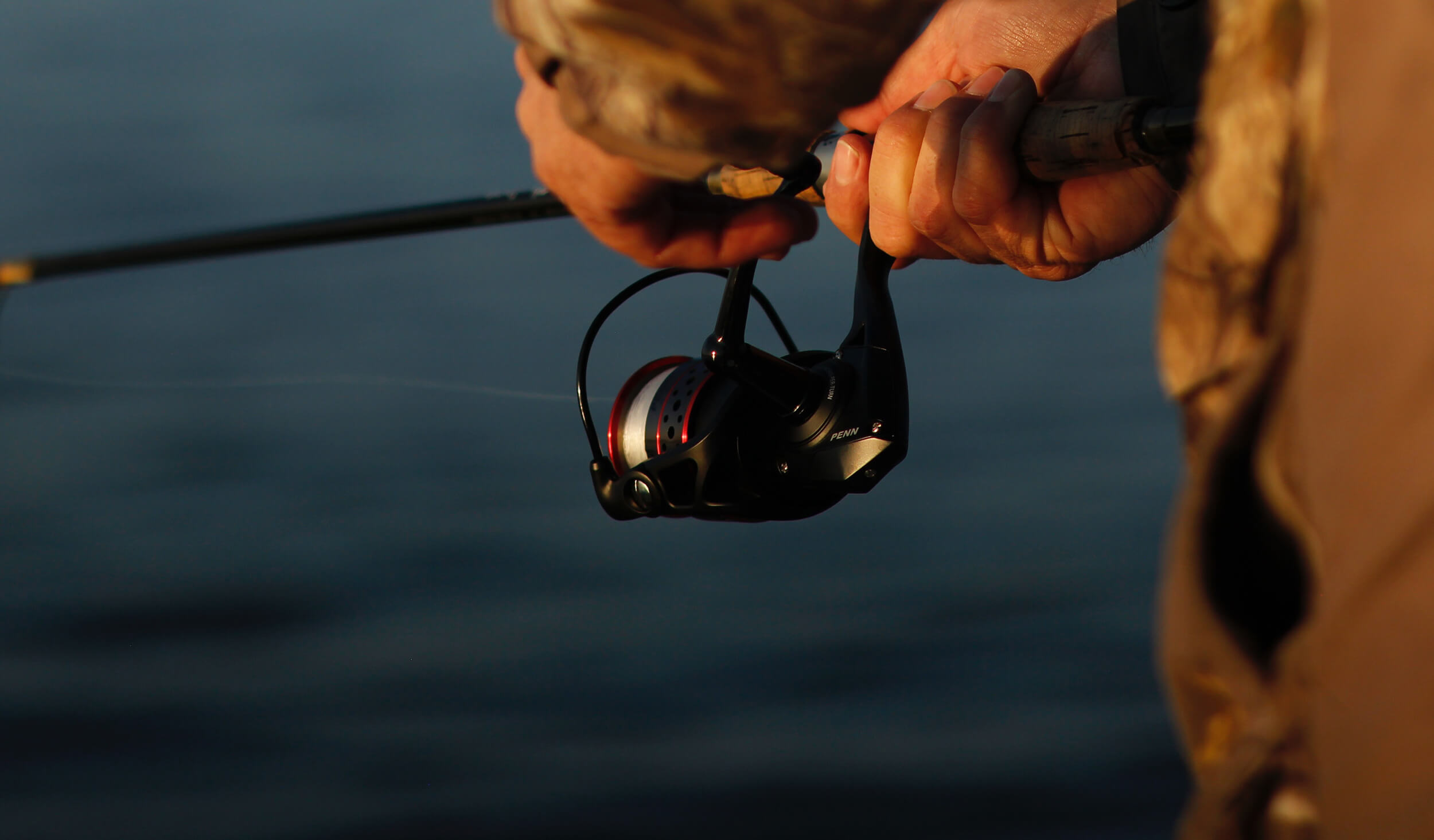
The main advantage of the traditional flywheel blank, however, like the classic plug, is lightness with a sufficiently long length, and the reel, whatever one may say, makes the rig heavier. Therefore, in the design of such rods, there is no place for its installation at all – the rig is attached to the tip of the blank through a connector.
Reel rods can be recognized from afar: in addition to a reel seat, they are equipped with guides located on each “knee”. For match sticks, it is imperative to use spinning reels , which allow for long casts. The presence of a friction brake will not hurt, since when hooking and playing large specimens you cannot do without it.
Opinions are mixed about the classic rig. In most cases, spinning reels are used, and this is especially important when fishing with the flow. However, it is often possible to get by with the “old- mode ” inertial option : it is simple in design, and, as a result, more reliable, and much more affordable at a price. Another plus of the good old “inertia” devices is their low weight. Fancy multipliers are practically not used in float gear – an expensive and heavy winch is unnecessary in this case.
Float
The float is one of the main elements of the rig, a traditional bite signaling device. Its main characteristic is carrying capacity. In addition, signaling devices are differentiated in shape and color. A correctly selected and fixed float occupies a vertical position in the water, and plunges exactly to the waterline – the border of color separation. Previously, anglers often used home-made alarms made from bird feathers, but now the need for artisanal creativity has disappeared.
On the classic type of flywheel tackle, oblong-shaped floats are usually installed , and for fishing, for example, bleak, signaling devices of the minimum carrying capacity are used – from 0.2 g. They are attached at least at two points. “Telescopic” for fishing downstream are equipped with round signaling devices (the thread is passed through, through a structurally provided hole), along standing water – oblong, by analogy with swing sticks.
For fishing with a plug, lightweight floats with a carrying capacity of up to one and a half grams are ideal. Floats for match rods are especially difficult: as a rule, long signaling devices are used (up to 30 grams of carrying capacity and 40 cm long). They have a balanced weight, lugs for fastening and are often used in sliding rigs.
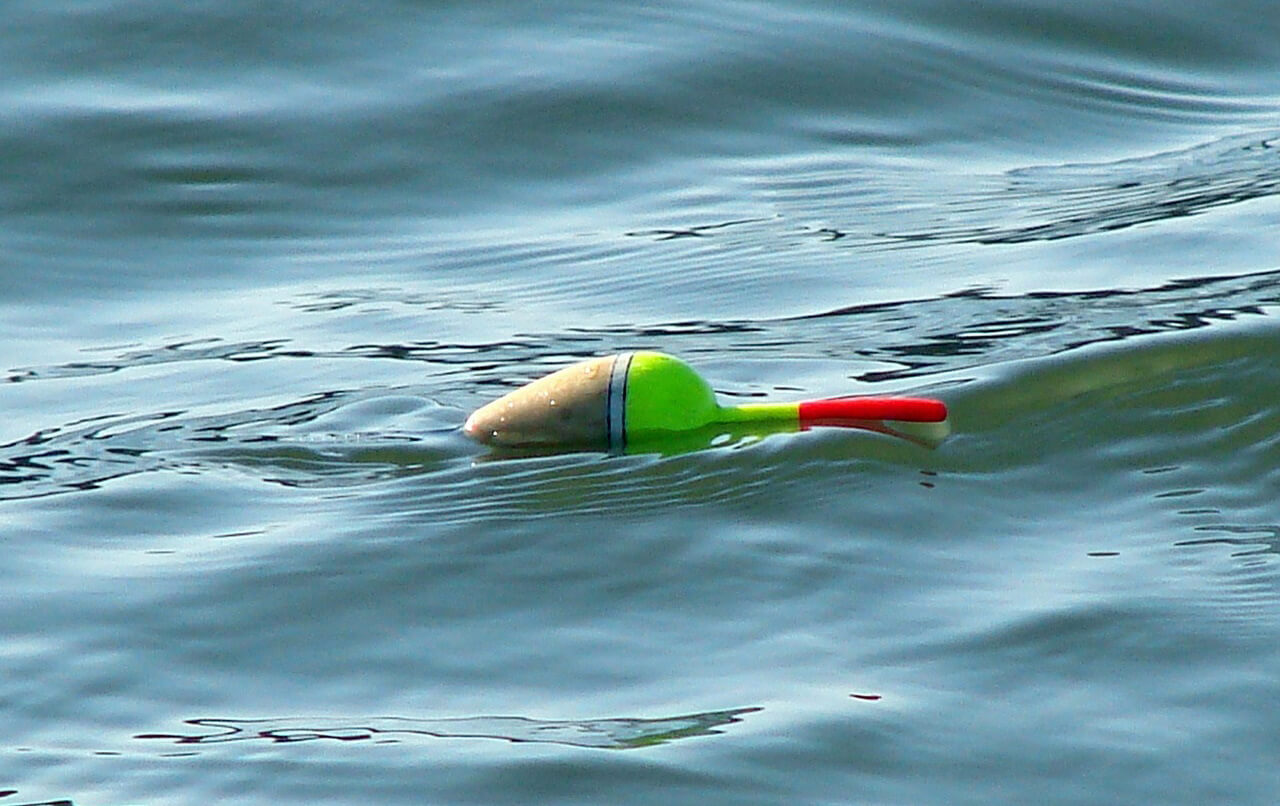
Sinkers and hooks
To maintain the float in the upright position of the waterline level using a sinker . In the traditional version, these are round grains of the set weight, which is convenient for selecting them depending on the carrying capacity of the signaling device. If there is a float with a lifting capacity of more than three grams, oblong “olives” are used.
Alternatively, you can also use pieces of lead plates: they bend and squeeze the thread perfectly, theoretically they are less conducive to tangling it, but the problem is the correct calculation of the mass. Establishing the correct weight can be done empirically: just test it in a bathtub (or bucket).
Another subtle point is the choice of the hook . For float tackle, monoids are mainly used, and the savings here are disastrous: always choose branded products made of hardened steel. The size varies depending on the intended prey and the type of bait: under a large worm, a larger one, under pearl barley or bread – medium size, the smallest sizes – under a very delicate, but beloved by fish bloodworms. It is best to have in your arsenal several leashes with hooks of different sizes, for different baits.
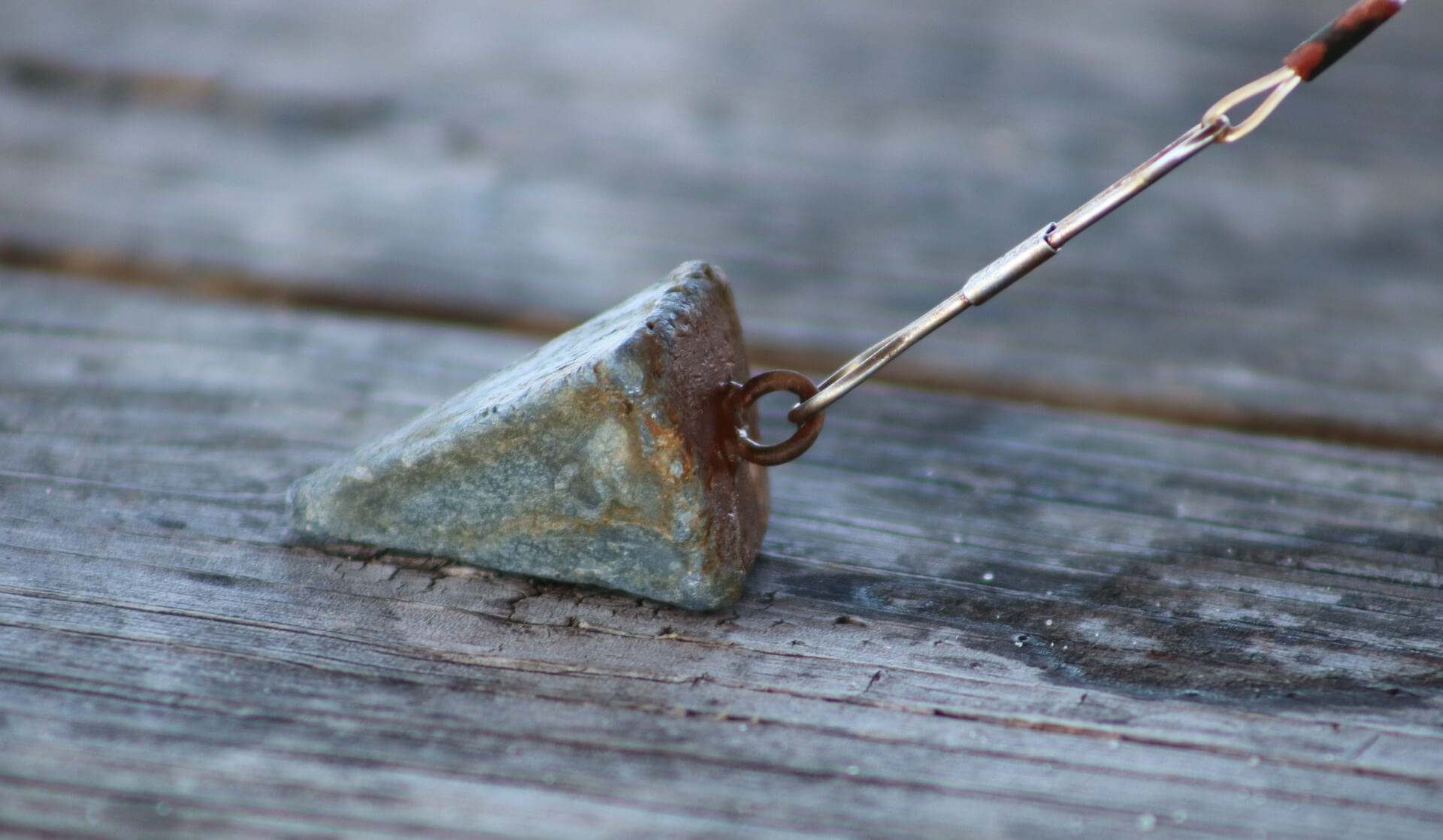
Float rod equipment
We found out that for the first steps in float fishing, a unified “lapdog”, not sharpened for specific conditions, is best suited. Let’s try to equip the Bologna stick in the most versatile way, for fishing in stagnant water and slow current.
- We fix the reel in the holder (we clamp it tightly, but try not to rip the thread).
- We wind about 20m of thread on a spool (no more, a little less – you can).
- We pass the wood through the rings on the rod and leave a free end about a meter long for further manipulations.
- We adjust the friction brake (if available on the reel). We remind you that for fishing in standing water, an ordinary inertia rod is also suitable.
- We attach the float to the thread (from the side or in the center, depending on the design) using latex cambric. The signaling device should sit tightly on the line, but move up and down with effort.
- We make loading using lead weights. There can be several of them, and the smallest grain is set at the end of the line.
- We put hooks on the leashes. For the first experiments, it is better to choose options with loops – they are easier to impose and hold the knots more firmly.
- At the working ends of the main line and the leash, we create loops and connect them in the loop-to-loop method (it is the simplest).
Choice of baits and lures
The choice of bait (lure) primarily depends on the fish you are going to fish. However, seasonality and conditions of a particular reservoir are also important factors, so there is no universal option. There are nozzles of plant and animal origin. There are also artificial baits (for example, from edible rubber), but they are rarely used for our type of fishing.
In summer, baits of plant origin are used mainly to catch peaceful fish. This can be bread crumb, boiled barley, dough, canned corn, parboiled cereal grains, and so on. All representatives of the carp family are caught on these baits, and the vast majority of them in our reservoirs. The simplest recipe is to knead a tight dough from flour and water with the addition of unrefined vegetable oil.
In late spring the fish recover from spawning , and in the fall they prepare for the cold winter. At this time, she prefers protein foods: worms and all kinds of larvae (maggots, bloodworms, and others). However, even in summer, especially in cool weather, peaceful fish are sometimes not averse to profit from an appetizing dung beetle from their point of view. By the way, freshwater predators also bite on baits of animal origin: perch, pike perch and even small pike.
If there is no time and desire to mess around with the preparation of vegetable or animal baits, you can always pay a visit to a specialized fishing store. It will not be superfluous to have several baits in the arsenal: today it can be good for dough, and tomorrow, for example, for a worm. How do you guess? A little trick: when fishing with float rods of all types, you can use the so-called “sandwiches”, that is, combinations of different attachments – barley and maggot, for example.
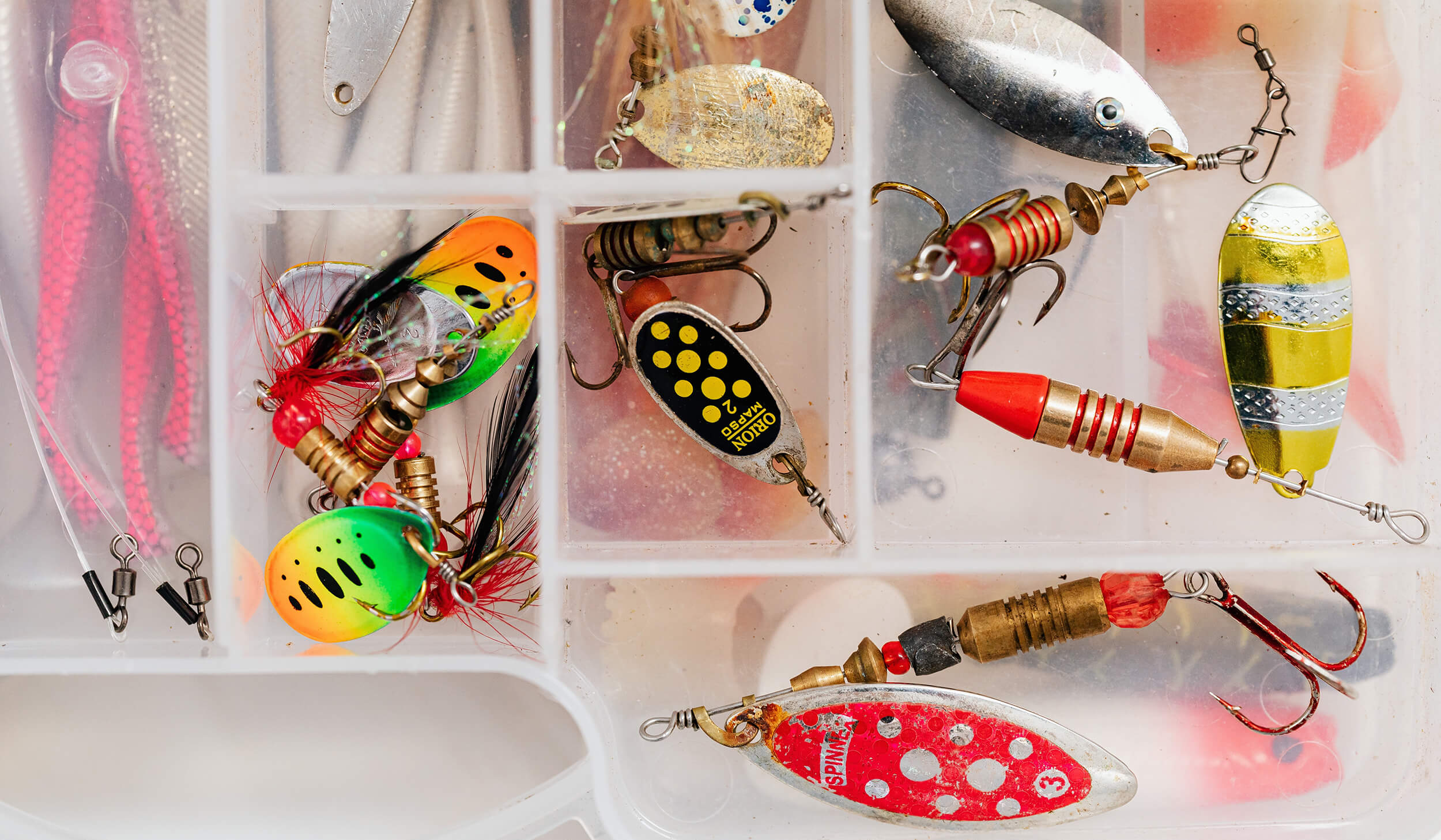
Bait
A few decades ago, the question of the need to feed fish was not so acute – there was plenty of it in the reservoirs. But now it is problematic to find such fertile conditions for fishing, especially in densely populated regions. Therefore, preliminary feeding of fish from a recommended event turns into a mandatory one. Of course, if you want to catch anything.
There are a lot of recipes for cooking bait: it can include cereals from legumes and cereals, bread, cakes, mixed feed, elements of animal origin, and so on. The main task is to collect more fish in the casting area and create competition between individuals. The bait can be delivered to the desired square simply by hand, by an elementary casting of balls. There are other, more complex options that involve the use of all kinds of devices, but for a beginner, and even at short distances, they are unnecessary.
The bait should have a fairly dense consistency: this makes it easier to roll the balls and throw them into a given area. The balls should maintain their integrity when hitting the water, but gradually collapse in the bottom layers. Therefore, for downstream fishing, denser and heavier balls are used (for example, with the addition of soil).
When fishing for one day, you should start feeding immediately after choosing a promising place: first, massively, with larger balls (with a small orange). After you start fishing, you should periodically toss in small walnut-sized balls. The frequency of tossing depends on the presence and speed of the current: the faster, the more often.
Determination of a promising place
A fish is looking for where it is deeper, but a man? .. That’s right, where is the fish! The main point: fish should be looked for in places that stand out from their own kind. These are heaps, curbs, sections of shell rock, borders, shoals, pits, windows of clean water in overgrown reservoirs, borders of coastal vegetation, and so on. The main position: in the uneven terrain and near natural obstacles, food that is most attractive for representatives of the ichthyofauna is washed up.
If you go fishing for the first time, and to a reservoir popular among other anglers (and this is all more or less suitable within a radius of 100 km around the metropolis), there will be no problems with determining a promising place : there you will see traces of a person’s stay. Sedge will be crushed there, possibly – and spears for rods will be installed. At first, they don’t look for good from good: stop and lay out the tackle – here, most likely, it is also lured.
In this case, it is especially important to correctly adjust the depth. Crucian carp, silver bream, bream, carp prefer to fatten in the bottom layers, roach and rudd – a little higher, and bleak – near the very surface. Most anglers prefer to place the bait near the bottom, determining the depth empirically using tackle. This is not difficult: we set a deliberately great depth – the float lies down, then we slowly shift it down with each cast, until the signaling device assumes a working position.
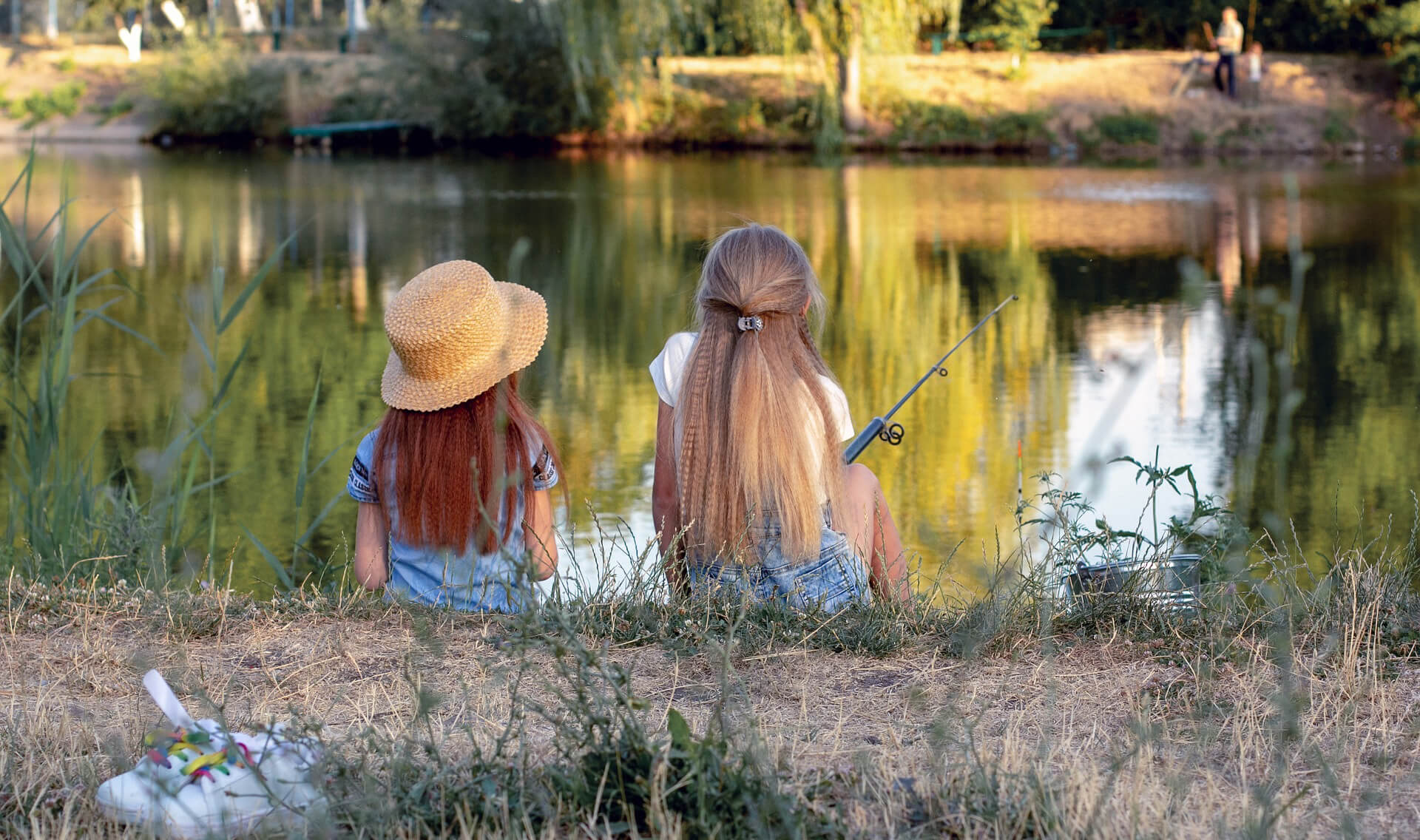
Float fishing technique
After choosing a promising place, the initial feeding and setting up the tackle, fishing starts directly. All activity of the angler is to react in a timely manner to the signaling device. The fact is that it is difficult to adequately assess the “behavior” of the float based on the wave or current without experience, and a trifle that pokes the bait can also be misleading.
It is only necessary to react to a pronounced alarm: the float is sharply submerged or submerged altogether, lay down on the water, left to the side. Here it is important to clearly capture the optimal moment for the strike, which comes only with experience. Do not be discouraged if the first few fish leave the hook: we will assume that they swim away to tell others that they are being fed and released here. This is, of course, a joke, but even experienced anglers sometimes have fish off the hook.
One more rule: you cannot jerk the rod up sharply: if a large specimen is caught, you are guaranteed to miss it, moreover, together with a leash. After hooking, the stage of playing begins: the fish needs to be pulled towards you. If the individual is large enough, you cannot stupidly pull it towards yourself – you need to catch the movements of the fish and gradually bring it to the shore. Try to have a landing net in your arsenal: it is better not to use it than to miss out on a one and a half kilogram bream due to its absence.
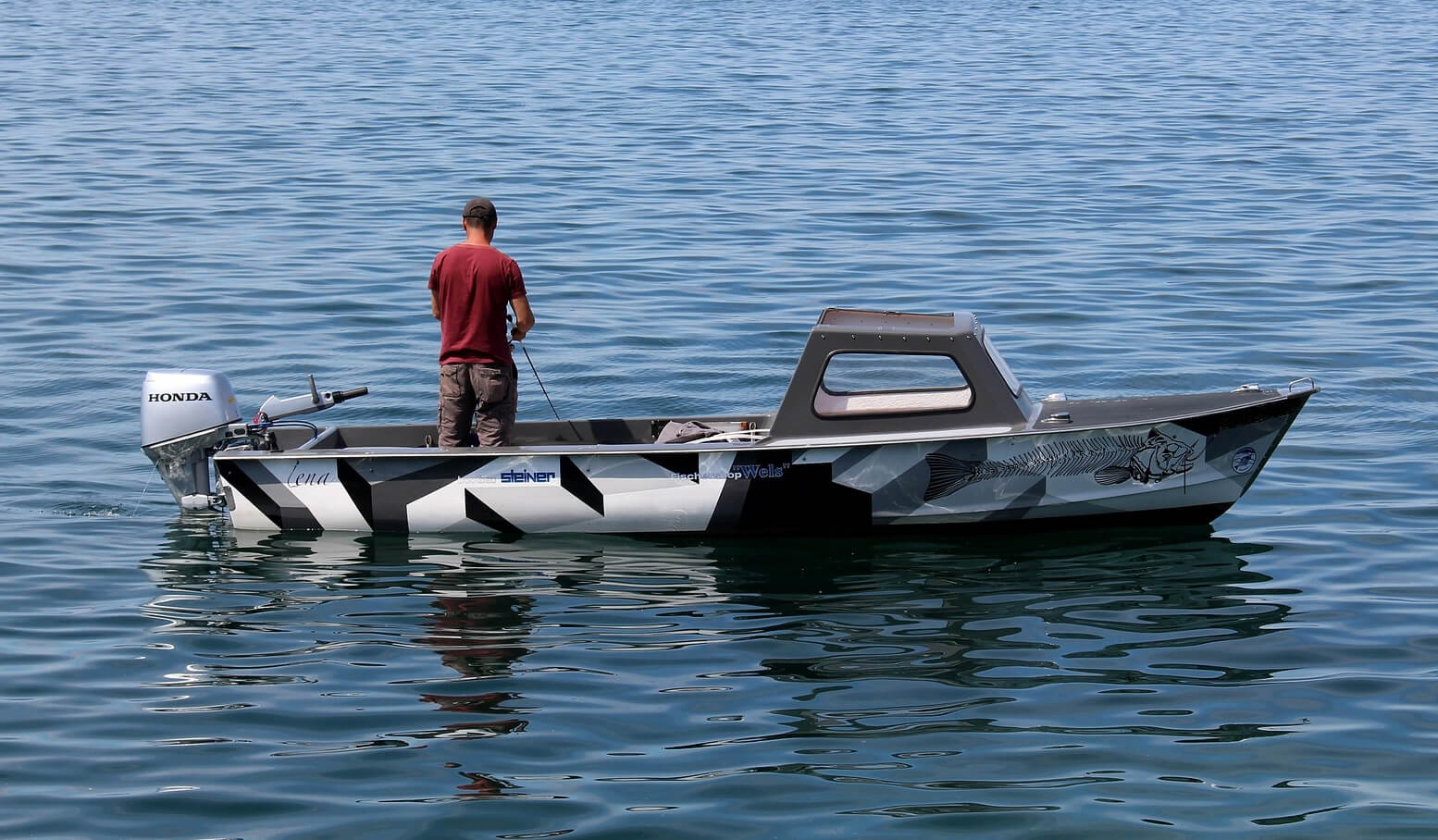
Tips for a beginner angler
On the eve of your first fishing trip, remember a few simple rules:
- Take care of your own comfort. Fishing is a pleasant but long-term business. Therefore, take care of your own comfort initially: buy and conveniently install a special folding fabric chair with a back, cut and stick a pair of spears into the bottom for each tackle, hang the cage in the water, place the essentials arsenal at arm’s length.
- It is better to start fishing from the shore. Yes, fishing from a boat is sometimes much more productive: you can fish at great depths and fish a lot of promising places. However, without practice, your back will quickly become numb, and there are a lot of other minor inconveniences.
- For the first time, choose a location away from thickets. Again, on the borders of coastal thickets, it is usually good to catch, but it is difficult for a beginner to make an accurate cast – there will definitely be hooks. And this is either to climb into the water, or to part with the next leash, there is no third way. Believe me, at the first casts, the leashes sometimes end up even on coastal pines!
- At first, do not get too deep into the study of float fishing. At first, you should not go too deep into theory and overgrow with a bunch of expensive equipment – basic knowledge and high-quality, but not too expensive equipment are enough. Over time, you will understand from your own experience what exactly you need, and gain your own practical experience.
- Don’t sleep long. The most active bite usually falls on the morning dawn, so experienced anglers go fishing even after dark. Follow their example, otherwise you will not only miss the morning meal, but you will also suffer in search of a good place.
We wish you success in all your endeavors related to the world’s most exciting hobby – fishing! May the weather be good, the mood – optimistic, and the catch – rich!

